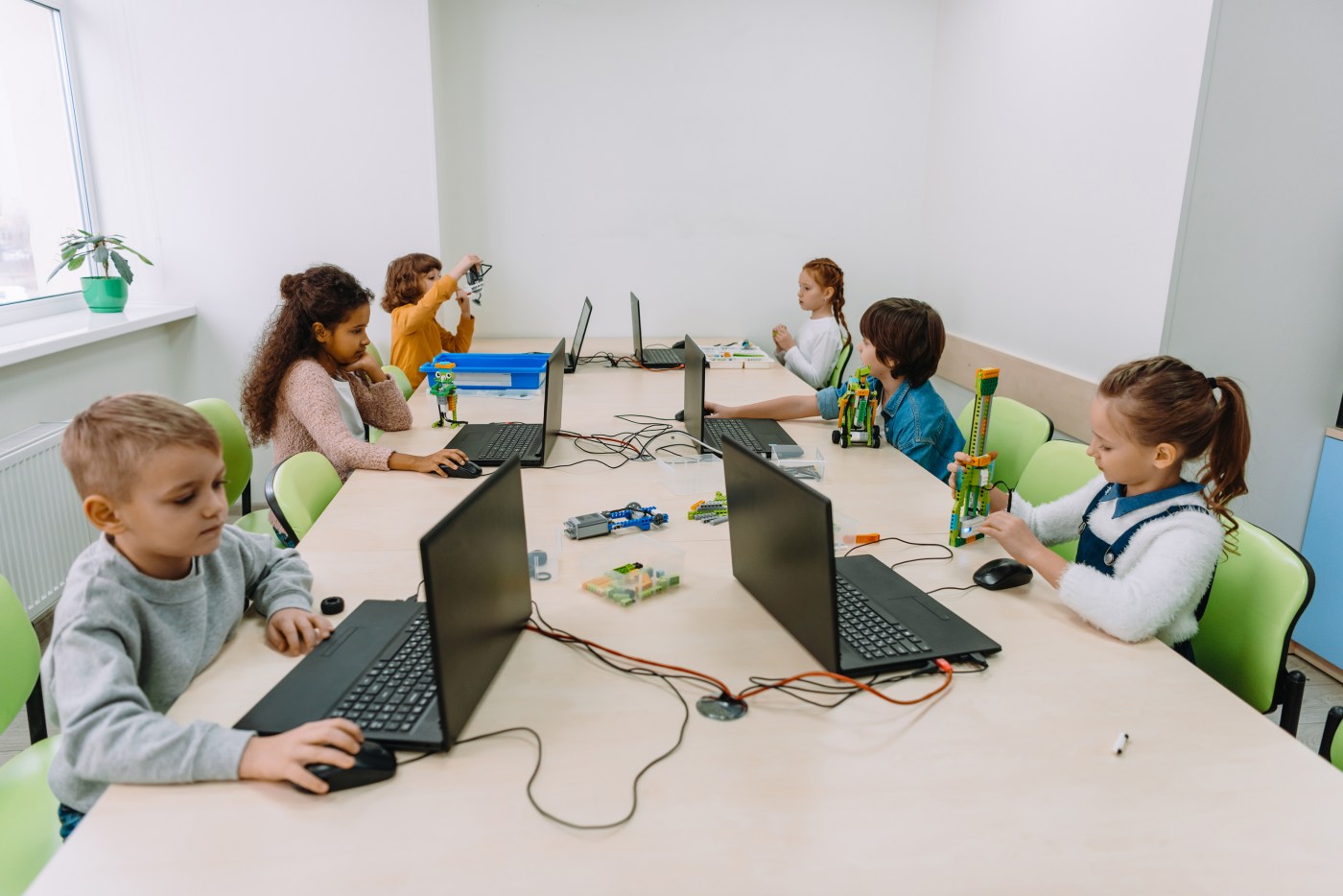
Bloomberg: Kids spend too much class time on laptops
Over the past two decades, school districts have spent billions of taxpayer dollars equipping classrooms with laptops and other devices in hopes of preparing kids for a digital future. The result? Students have fallen further behind on the skills they most need to succeed in careers: the three R’s plus a fourth — relationships.
Today, about 90% of schools provide laptops or tablets to their students. Yet as students spend more time than ever on screens, social skills are deteriorating and test scores are near historic lows.
Just 28% of eighth graders are proficient in math and 30% in reading. For 12th graders, the numbers are similarly dismal (24% in math and 37% in reading, according to the most recently available scores).
The push for laptops in classrooms came from technologists, think tanks and government officials, who imagined that the devices would allow for curricula to be tailored around student needs, empowering them to learn at their own pace and raising achievement levels. It hasn’t worked.
The push also came from another source: computer manufacturers. When Google released its inexpensive, utilitarian Chromebook in 2011, the company quickly capitalized on schools’ new emphasis on computer use. Why should children learn the quadratic equation, a Google executive asked, when they can just Google the answer? Today, the same executive might ask: Why should children learn to write an essay when they can ask a chatbot to do it for them?
The answer to both is that mastering the three R’s is the first step toward the true goal of education: critical thinking and problem-solving.
As someone who built a company by developing a computer at the dawn of the digital age, I never believed that computers in the classroom were the cure to what ails schools. Some of the most powerful educational interactions occur when a caring, well-trained teacher can look into a student’s eyes and help them see and understand new ideas. Machines often don’t have that power.
While moderate use of computer devices can have academic benefits, especially when they are used at home, intensive use is often correlated with diminishing performance.
Studies have found that time-tested methods of learning — such as reading and writing on a page — are superior to screen-based approaches. As a review of two decades of academic research concluded, children using laptops are easily distracted — and distracting to their peers.
One study found it can take students up to 20 minutes to refocus after engaging in a nonacademic activity. Put another way: Playing one video game three times a day costs an hour of learning.
As some school districts finally awaken to the benefits of banning smartphones during school hours, they should also reconsider policies around in-class computers.
The soaring promise of technology in the classroom has failed to deliver results while imposing great costs on children and taxpayers.
Michael R. Bloomberg is the founder and majority owner of Bloomberg LP, the parent company of Bloomberg News, and the founder of Bloomberg Philanthropies/Tribune News Service

